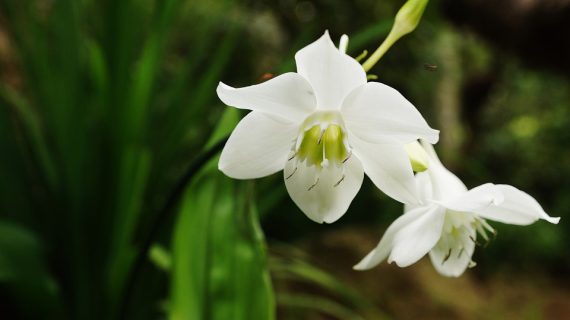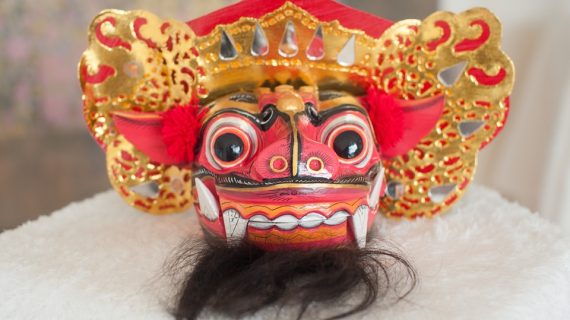Bali, often referred to as the “Island of the Gods,” is a dream destination for many travelers. With its stunning landscapes, vibrant culture, and warm hospitality, it’s no wonder that millions flock to this Indonesian paradise each year. However, before packing your bags, it’s essential to understand the costs associated with a week-long trip to ensure a memorable experience without overspending. This article will break down the costs of a seven-day trip to Bali, helping you plan your budget accordingly.
### Accommodation Costs
When it comes to staying in Bali, you have a variety of options ranging from luxury resorts to budget hostels. For a comfortable stay without breaking the bank, mid-range hotels and boutique guesthouses are popular choices. Prices typically range from $30 to $150 per night, depending on the location and amenities offered.
In more popular areas like Seminyak or Ubud, expect to pay towards the higher end of this scale, especially during peak tourist seasons. If you are traveling with friends or family, consider renting a villa, which can often be more economical. A villa may cost between $100 to $400 per night and provides additional space and privacy, along with amenities like a private pool.
### Food and Dining Costs
Bali is a culinary paradise, offering a wide array of dining options. You can easily find local street food for as little as $2 for a meal, showcasing traditional dishes such as Nasi Goreng or Satay. Eating at local warungs (small family-owned eateries) is not only budget-friendly but also allows you to experience authentic Balinese cuisine.
For those looking for a more upscale dining experience, prices at higher-end restaurants can range from $20 to $100 per person, depending on the establishment. To maintain a balanced budget, aim for a mix of local eateries and a couple of splurge meals throughout your trip.
### Transportation Costs
Navigating Bali is relatively easy, but transport costs can add up if you’re not careful. The two most common methods of transportation are taxis and scooters. Taxi fares start at around $1.50, with longer trips costing between $5 to $20. A more adventurous option is renting a scooter, which can cost about $5 to $10 per day. It provides you with unparalleled freedom to explore the island at your own pace.
If you prefer guided services, consider hiring a driver for a day to visit several attractions, which typically costs around $50 to $70. This can be worthwhile, particularly for day trips to places like Ubud, Kintamani, or the iconic rice terraces.
### Activities and Attractions
Bali is teeming with attractions that cater to various interests. Many temples, beaches, and natural sites have minimal entrance fees; for example, visiting Uluwatu Temple costs about $3. For thrill-seekers, activities like diving or surfing lessons can range from $30 to $100, depending on the operator and duration of the class.
Cultural experiences such as traditional dance performances or cooking classes typically cost between $20 and $50. To make the most of your time, prioritize attractions that resonate with your interests but keep an eye on your cumulative expenses.
### Miscellaneous Expenses
When traveling, it’s prudent to set aside some funds for miscellaneous expenses. This can include souvenirs, spa treatments, or spontaneous excursions. Bali is famous for its artisanal crafts and clothing, so budgeting around $50 to $100 for shopping can enhance your experience. Spa treatments, ranging from massages to full-day packages, can cost between $20 and $150, contributing to an indulgent experience in paradise.
### Total Estimated Costs
After adding up the various expenses, a seven-day trip to Bali can range widely based on individual preferences and travel styles. For a moderate budget, expect to spend around $1,000 to $1,500 per person. This budget typically includes accommodation, food, transportation, and activities, allowing for a well-rounded experience of the island’s rich offerings.
### Conclusion
Planning a trip to Bali can be an incredibly rewarding experience, and understanding the costs associated with a seven-day stay is essential for a successful adventure. By carefully allocating your budget across accommodation, food, transport, activities, and miscellaneous expenses, you can enjoy all that Bali has to offer while ensuring that your travel plans remain financially viable. With thoughtful planning, your Bali getaway can indeed become a week spent in paradise.









